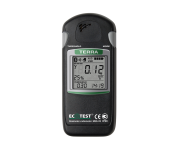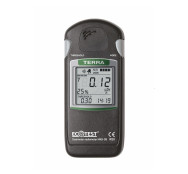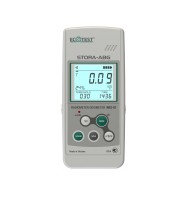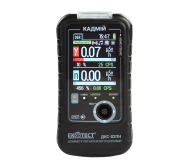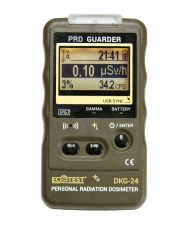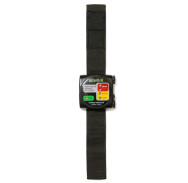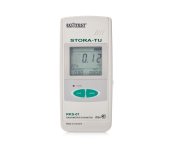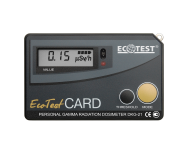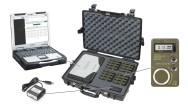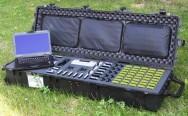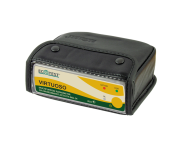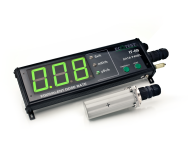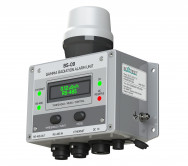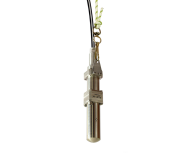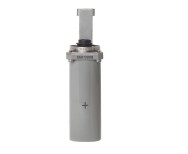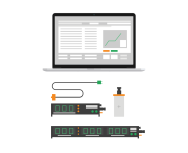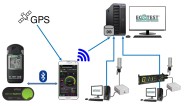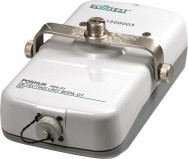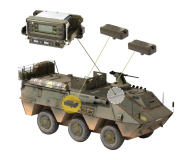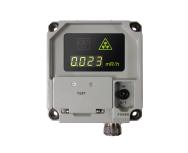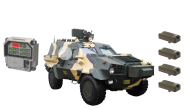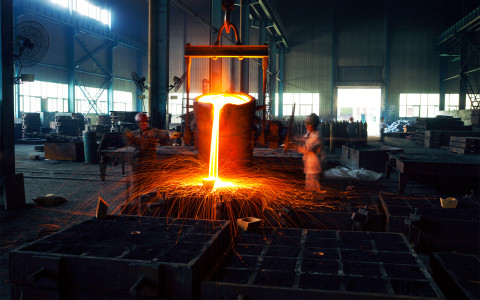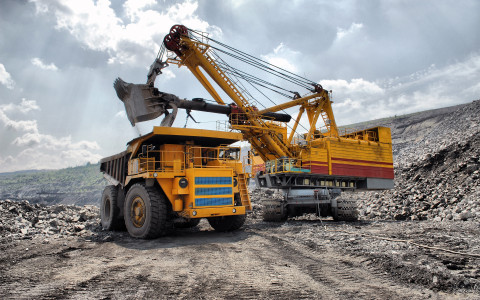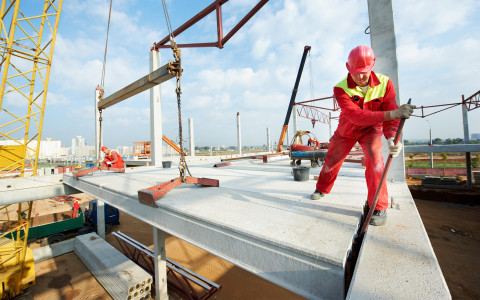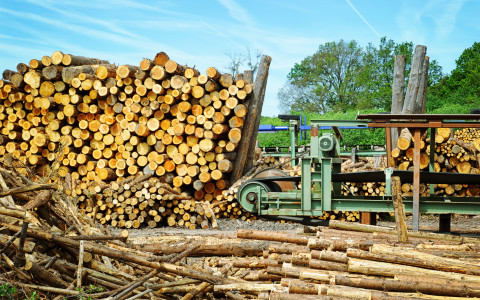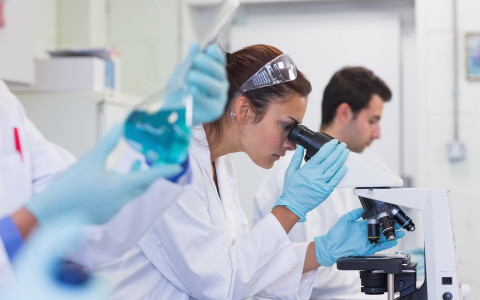Fire Responders’ Guide to Dealing With Radiation
It’s unfortunate but true – weapons of mass destruction are in the wrong hands. Today, the probability of a fire respondent being called upon to tackle situations where fires are caused by anti-state elements using advanced weaponry, are much common than what you’d realize. For any job that puts you in a situation of life risk to you, your colleagues, and several others, there’s no such thing as over preparing.
The Need for Fire Responders to Be Prepared for Nuclear Radiation Risks
Being called upon to rescue people in a nuclear attack might seem like a long shot. However, fires in a hospital’s radioactive pharmacy, explosions in vehicles involving radioactive components, fires in industrial radioactive radiation centers, etc are not exactly impossible! A fire respondent’s basic training and readiness, sadly, is not enough to enable him to cope up with situations where there’s nuclear radiation present as one of the health and life risks. Here’s a guide for every fire responder, and anybody who’s in the business of rescuing civilians from situations of life-risk.
Understanding and Differentiating Exposure and Contamination It’s surprising how even EMS personnel might not always know the difference between radiation exposure and contamination. When a person is exposed to radiation, energy (via waves or particles) penetrates the body. When a radiologist takes a patient’s X Ray, he is protected from radiation through distance and shielding, and the patient is protected because of low duration of exposure to radiation. Exposure, hence, doesn’t imply contamination. However, when a person has radioactive material on or inside his body, that’s contamination (occurrence of radioactive material where it causes damage). Understanding the difference is crucial for a fire respondent to choose the right method of tackling radioactive radiations.
The Principles of Dealing With Radiation
The damage that radioactive radiations can cause to the human body is well understood by most people. Let’s understand how firemen and rescue personnel can deal with situations wherein they’re exposed to radioactive radiations, with severe risks of contamination. These principles help firefighters prevent contamination, and to mitigate contamination of the exposure is prolonged or intensified.
Prevention By Reducing Duration of Exposure
The less time a firefighter spends in the vicinity of a place with radioactive radiations, lesser the exposure. Of course, this also means lower risks of contamination. Hence, fire respondent teams must be trained to:
- Identify the presence of radioactive radiations at a site
- Quickly communicate the findings
- Be ready with a rotational plan so that each respondent’s exposure to radiation is minimized
- Quickly communicate to the respondent command center to send reinforcements, and radiation combat gear.
Prevention by The Principle of Safe Distance
It’s obvious, farther you stand from the source of radiation, safer you are. However, fire respondents often need to barge into buildings, without knowing about their potential exposure. This is where the need for portable, lightweight, and accurate radiation measurement equipment for the identification of radionuclide and intensity of exposure becomes obvious. With devices such as a portable radiation detector, the first respondent can immediately alert the others about the radiation risks, and start operating accordingly.
The inverse square law governs fire respondents’ actions in situations involving radioactive radiation exposure. The law states the doubling your distance from the source of radiation cuts its dosage impact on you to a quarter. So, if you’re in the vicinity of a rad source of 80 millirem/per hour at two feet, you can reduce the dosage to 20 mR/hr by making the distance 4 feet, and so on. This can be invaluable for a fire respondent to decide between options such as using long distance control equipment such as elevated master streams versus equipment that require them to be closer to the fire source.
Protection By Shielding
EMS personnel trained in dealing with radioactive radiations carry shields with them. Firefighters, however, are not always prepared for their combat with nuclear radiations, unless they proactively account for the risks. It’s crucial that they keep radiation shields in their quick use equipment kits. Among the materials best known for absorbing radioactive radiations are lead, concrete, PPE, and fire apparatus. Protective gloves, garments, and masks, of course, offer the best shielding effect, preventing blood borne and airborne pathogens from invading your body.
ALARA: The Acronym to Remember
‘As Low As Reasonably Achievable.’ That’s the rule to follow in order to make correct and quick decisions when you find yourself in a fire rescue situation with the additional risk of radioactive radiation exposure. Keep the exposure as low as reasonably possible, while balancing the need to save endangered lives.
Using The Right Equipment to Stay Safe and Save Lives
Fire respondents can significantly improve their preparedness for a fire rescue operation at, let’s say, a hospital’s radioactive pharmacy, by using some very useful tools and devices. From personal radiation detectors that each fire respondent can carry inside his/her pocket to advanced dosimeters – there are several devices that help emergency response personnel detect and prepare for hazardous situations. Let’s understand a bit more about them.
- Personal radiation detectors (PRDs) are a very practical choice for firemen, as these can be easily attached to their protective uniforms.
- PRDs start beeping when they detect radiation, giving references to fire respondents for wearing protective clothing, and creating control zones via accurate neutron radiation measurement.
- Dosimeters help you measure the dose rate, tell you about the source of radiation, and also inform you about the exposure given over a time period.
- Depending on the need, fire respondent departments also keep stock of vehicle mounted detection devices, detection nits (probes), and isotope identifiers.
- Radiation survey devices prove invaluable to fire respondent teams when there’s risk of radiation in conditions of atmospheric precipitation. (In particular, such countries as Malaysia, Vietnam, Thailand)
Concluding Remarks
Let’s acknowledge the realities that stare at us in the face. Fires at buildings housing radioactive sources of radiation are not uncommon. However, the preparedness and training of fire respondents to deal with these situations is not yet up to the mark. By following the basics mentioned in this guide, departments can begin their planning and actions around making their fire respondent and emergency response teams better informed, better prepared, and better equipped.

